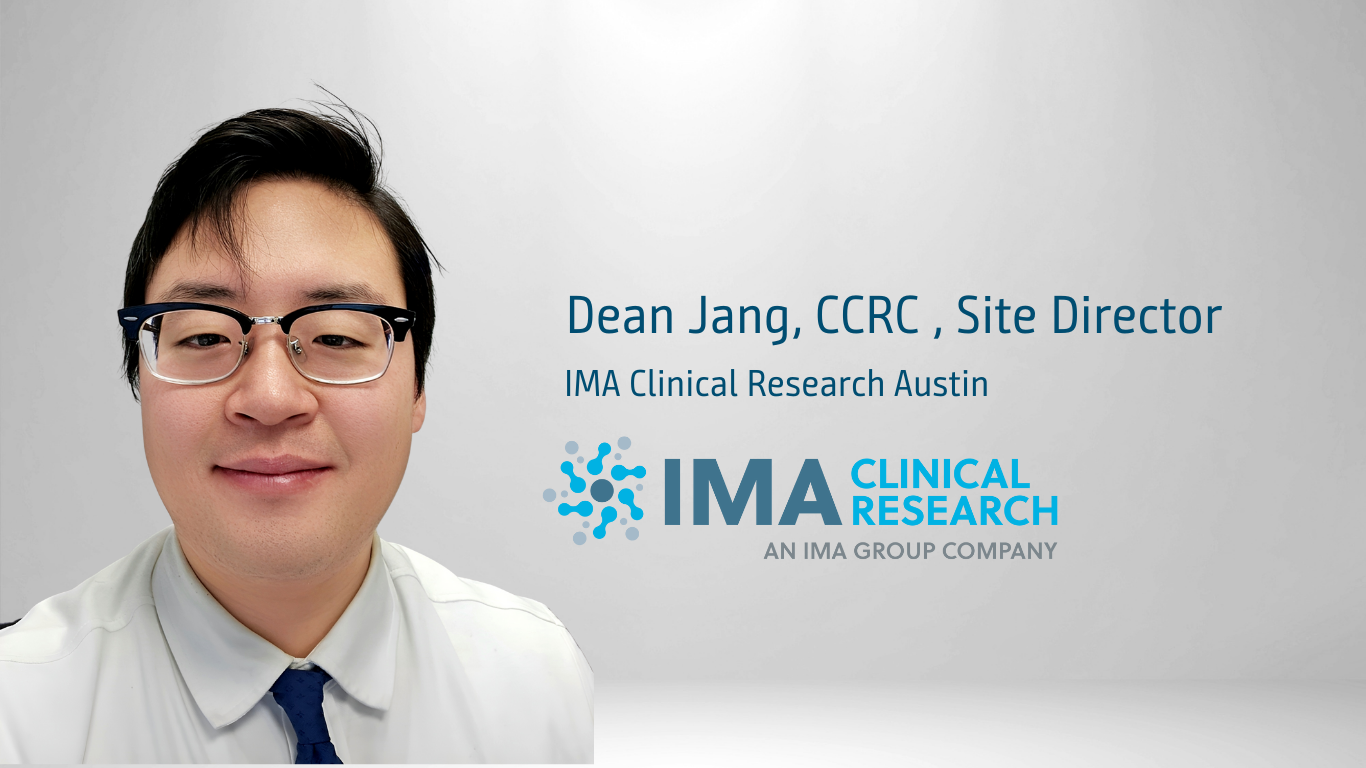Phases of clinical trials
Getting a new treatment/medication on the market is a very long process. A lot of research and testing is required before a potential medication is ever administered to a patient. Before a medication is put on the shelf at your local pharmacy or drug store, the medication has to be tested in several clinical trials that are conducted in phases. Each phase has a different purpose, based on how much is known about the medication.
Pre-Clinical – testing done in laboratory settings as well as animal studies. These studies find out if there is potential for serious harm or toxicity.
Phase 1 – Is the treatment safe for humans?
- Purpose: Safety and Dosage
- Number of patients in a study – 20-100 healthy/normal volunteers
This is usually the first studies involving people. The main focus is to see how the body tolerates or reacts to the drug, what kind of acute side effects are seen as doses are increased, and early information to see how effective the drug is. This information helps researchers determine an appropriate dose that will limit side effects but also be effective. The information is used to design Phase 2 studies.
Phase 2 – Testing the medication in a controlled group to see if the medication can treat the indication in humans.
- Number of patients – 300-3000 volunteers with the disease/condition
- Purpose: Efficacy and monitoring of adverse reactions
This phase focuses on demonstrating the treatments benefit to a particular condition. These studies often asses how the new medication compares to the current standard of care treatment. Most data on safety comes from phase 3 studies due to the number of participants and the duration of the study. A medication can be approved by the FDA with positive Phase 3 results.
Phase 3 – Testing the medication on a larger group of people that are diagnosed with the indication to monitor the safety and efficacy of the treatment.
- Number of patients – 300-3000 volunteers with the disease/condition
- Purpose: Efficacy and monitoring of adverse reactions
This phase focuses on demonstrating the treatments benefit to a particular condition. These studies often asses how the new medication compares to the current standard of care treatment. Most data on safety comes from phase 3 studies due to the number of participants and the duration of the study. A medication can be approved by the FDA with positive Phase 3 results.
Phase 4 – The phase that comes after the FDA approved the medication.
- Number of patients – thousands of volunteers with the disease/condition
- Purpose: Safety and Efficacy after the drug has been FDA approved
These studies are conducted for post-market safety monitoring. This phase looks at short-term and long-term side effects and safety. Some rare side effects are only found in these larger studies.
Each phase plays a crucial role in the overall approval of a drug, and must go through each phase in order to get to the next. As you can see, a new medication is tested in a larger group of people in each phase. New medications are first tested to see if it is safe for human consumption, to determine if the medication helps treat a specific condition at what dose, then to monitor how well it does at treating a condition and to get a good idea of what common side effects are. This is then followed by long-term studies which documents human reactions and results. In all phases of a clinical trials, patient safety and any side effects are closely monitored. If you take part in a clinical trial it is very important to let the study doctor know if you experience any changes to your health while taking the medication. The information received from the patient population is how the pharmaceutical company learns about the safety of a medication. For example, if a medication is causing someone headaches, but no one tells the doctor that they are getting headaches from the medication, the drug will be approved and there will be no information on the label that it states it may cause headaches. There is no right or wrong answer. The important part is that you, the research participant, relay accurate information to your doctor about any potential side effects.
If you are interested in participating in a clinical trial, you can check out a list of our current enrolling studies here.
For more information about the phases of clinical trials, read the FDA’s webpage on the phases of clinical research at www.FDA.gov




